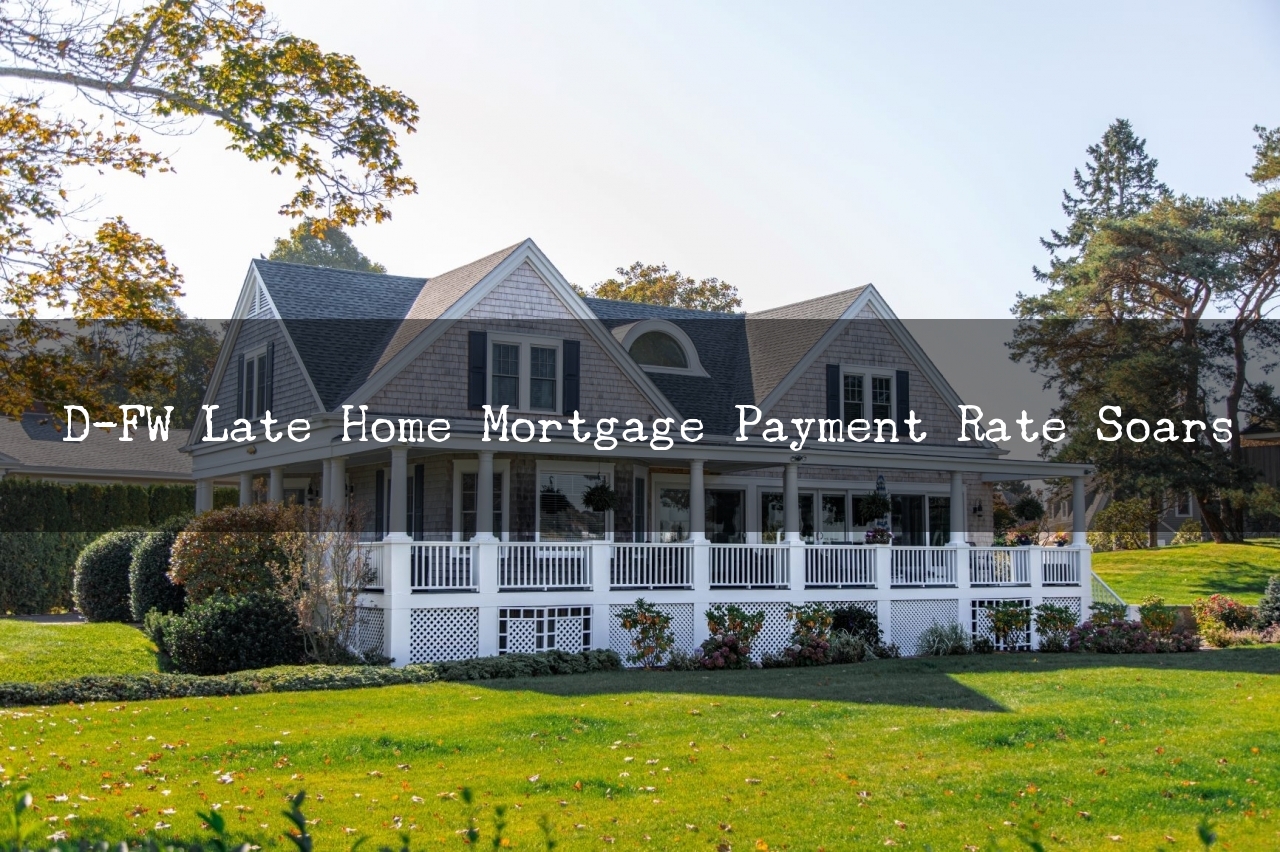D-FW Late Home Mortgage Payment Rate Soars
The percentage of Dallas-Fort Worth residents who are falling behind on their mortgage payments has more than doubled since last year. More than 8% of D-FW homeowners with a mortgage had missed at least one loan payment as of May. A year earlier, only 3.5% of area homeowners were behind on mortgage payments, according to a new report by CoreLogic.
The surge in mortgage delinquency is proof that the COVID-19 pandemic is putting the squeeze on homeowners’ finances. And it’s even worse in Texas.
Nationwide, CoreLogic estimates that 3% of home mortgage holders were falling behind in payments. The number of homeowners who were 90 days or more late in their mortgage rose to 1.5%, the first annual increase in almost a decade.
The late loan data includes millions of Americans who entered mortgage forbearance programs at the start of the pandemic.
“The national unemployment rate soared from a 50-year low in February 2020 to an 80-year high in April,” Frank Nothaft, chief economist at CoreLogic, said in the new report. “With the sudden loss of income, many homeowners are struggling to stay on top of their mortgage loans, resulting in a jump in nonpayment.”
Home loan delinquency rates and foreclosures were at record lows before the pandemic hit. Since then, millions of people have lost their jobs, and thousands of businesses have closed.
Mortgage delinquency rates in May were even higher in some Texas markets. In the Houston area, 10% of mortgage holders were at least one month behind. And in San Antonio, 8.9% of loan holders had missed payments. In Austin, 6.3% of mortgage holders had missed one payment or more.
At the worst of the Great Recession, about 1 in 10 Texas homeowners had missed at least one mortgage payment.
While mortgage delinquencies are rising, so far home foreclosure rates aren’t up from a year ago. In May, just 0.2% of D-FW home loans were in some stage of foreclosure — the same rate as a year earlier. And nationwide the foreclosure rate was 0.3%, which was down slightly from May 2019 levels.
With 75% of U.S. metro areas seeing a rise in late loans, analysts are watching for an increase in foreclosures later this year.
“Government and industry relief programs have helped to cushion the initial financial blow of the pandemic for millions of U.S. homeowners,” said Frank Martell, president and CEO of CoreLogic. “COVID-19 and the resulting pressures continue to influence the economic activity of many households...

